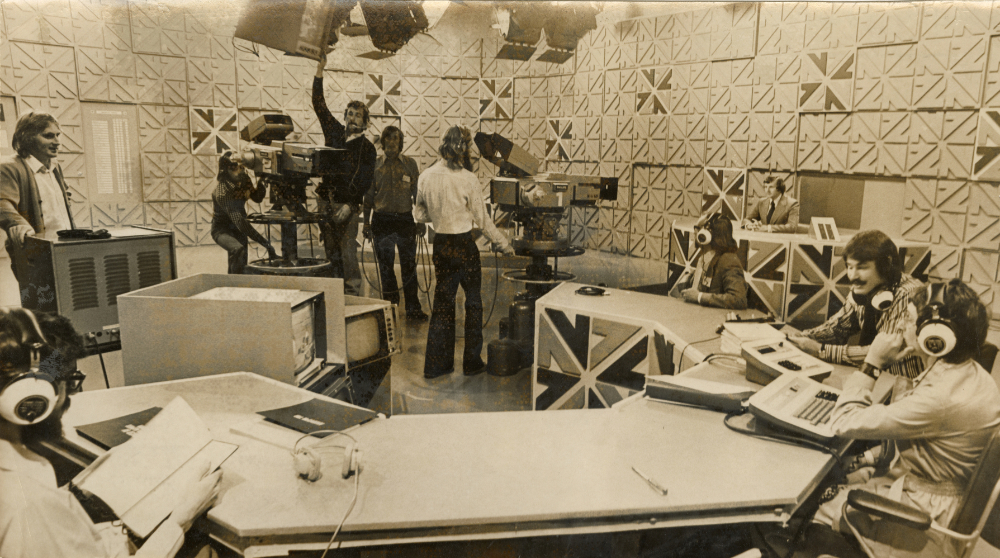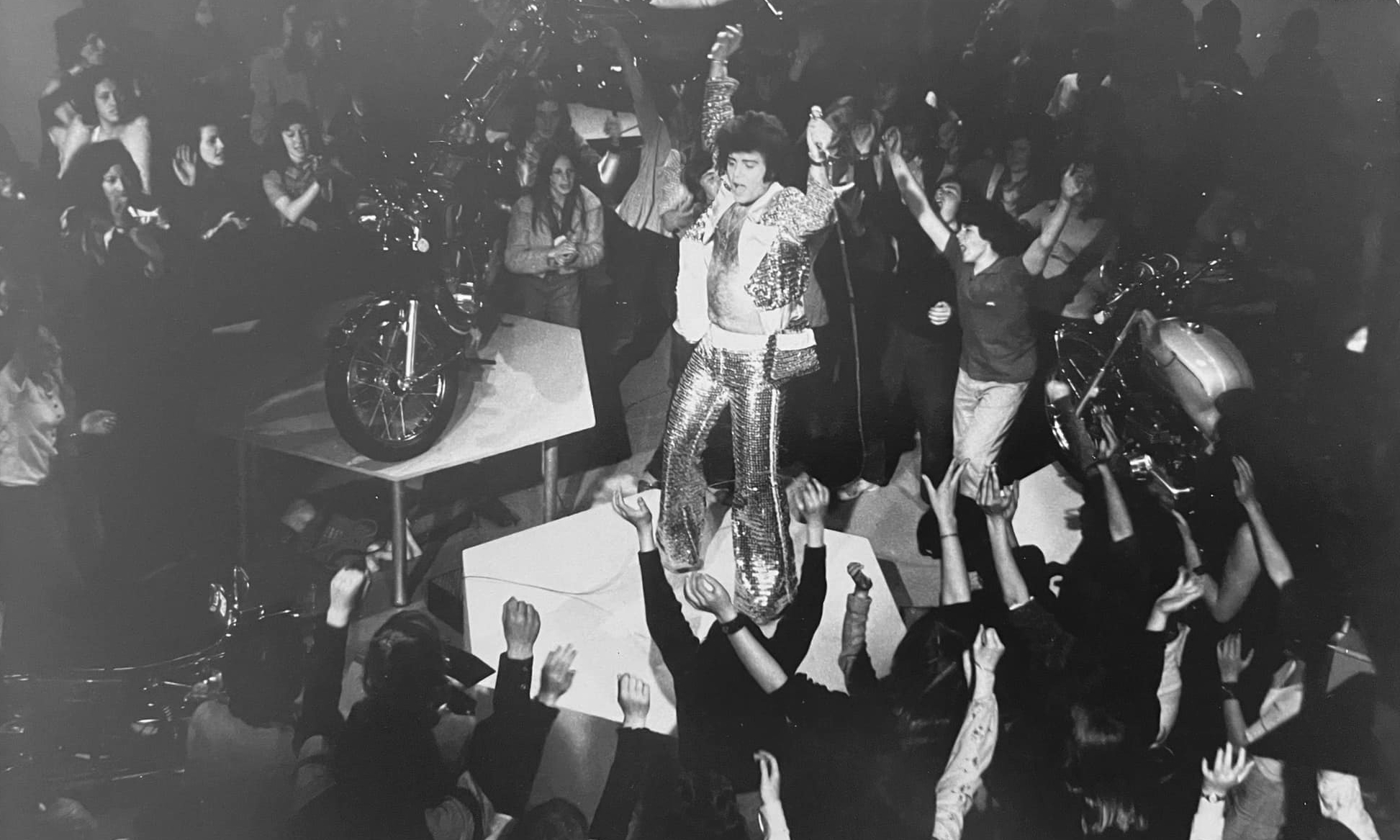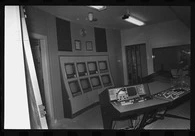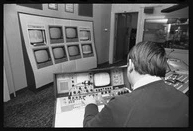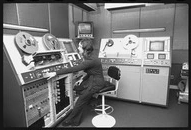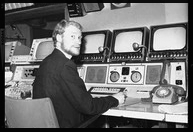| |
The first transmitter of 10 kilowatts was situated at Gloucester Street, with the 100 kilowatt Sugarloaf transmitter opening in October, 1965. Operations at the start were often extremely difficult as there was one small studio for everything, but in very limited space a ballet was produced, as well as an extract from The Taming of The Shrew. As more space became essential, the Orange Hall was used in conjunction with the mobile control room outside broadcast van and if this was a makeshift arrangement, the Have a Shot series was produced successfully. Other halls used included the now dismantled Latimer Hall for a ballet and a series of musical programmes and the Girl Guides Hall. But still, with the growth of production, the demand for space increased. Offices were built in the back yard of the Gloucester Street premises. The ground floor of the Canterbury Rugby Union Building in Manchester Street was used for some time, until space was available in the Manchester Unity building. There the presentation, production, film processing and editing, news, art and design and cine camera sections are housed. In addition, a large wool store was converted into a workshop and store for properties and furniture used on the various productions. Meanwhile, in Gloucester Street, work began on the installation of a continuity suite, its control room, and the associated telecine room housing all the projectors. From the suite the news, weather and spoken announcements originate. The original control room has been re-built and serves a small studio on the ground floor the home of The South Tonight, and small productions. The first studio in the country to be designed for television requirements was built at Gloucester Street, and finishing touches were made to the associated control room. When this is completed, CHTV3 will have a continuity suite, a small studio and a moderately-sized modem studio fully equipped with lighting and cameras and capable of handling most types of productions. |
|




 ·
· Last Name
Last Name ·
· Groups
Groups ·
· Venues
Venues ·
· Events
Events ·
· Entities
Entities ·
· Submit
Submit ·
· e-Mail
e-Mail ·
· Links
Links ·
· Search
Search